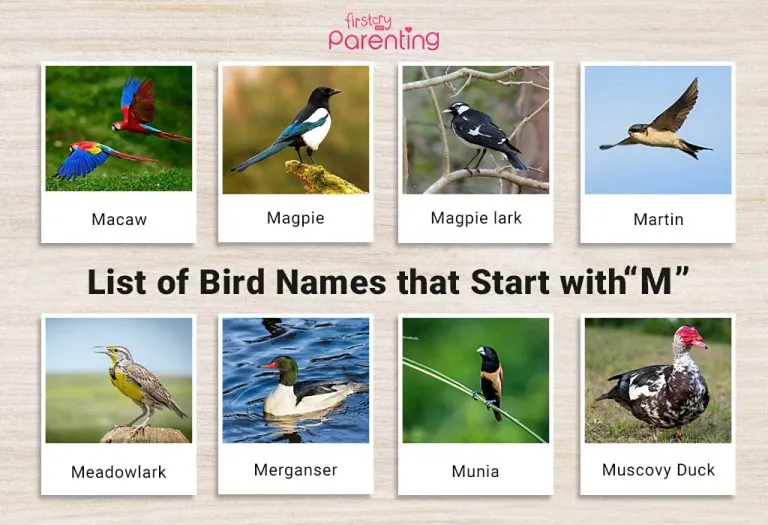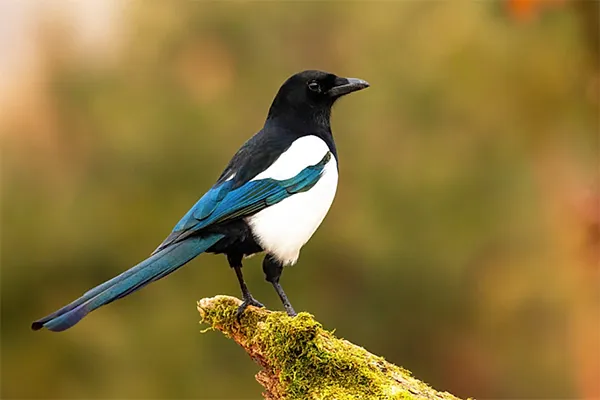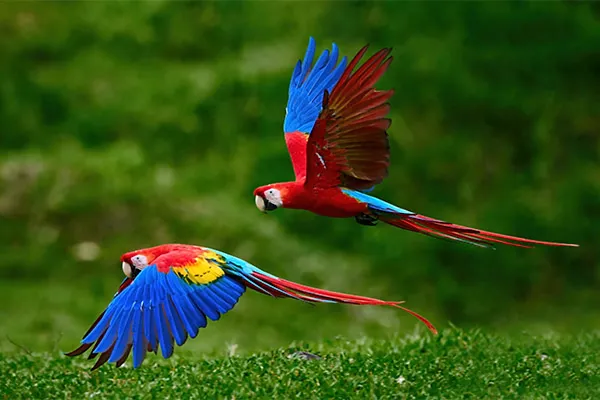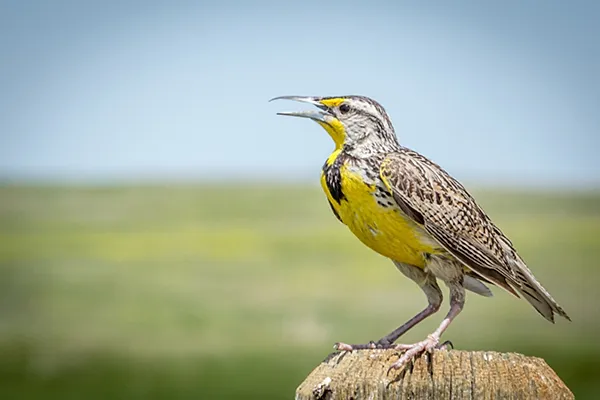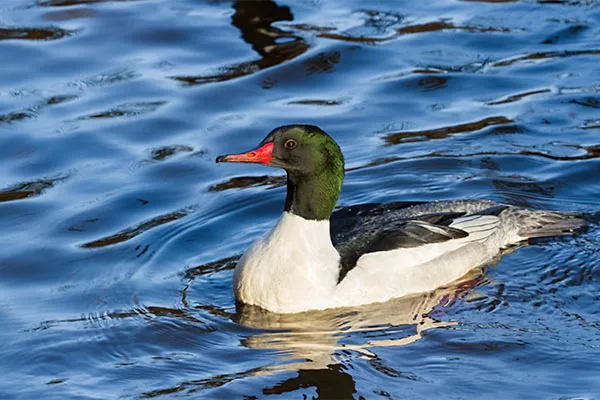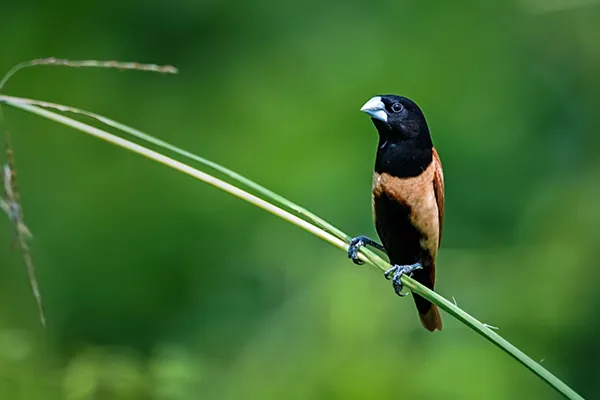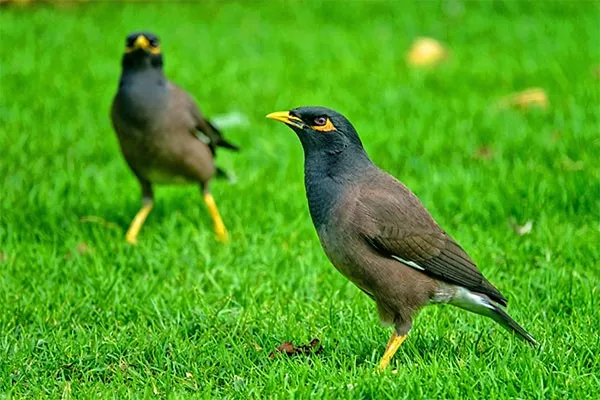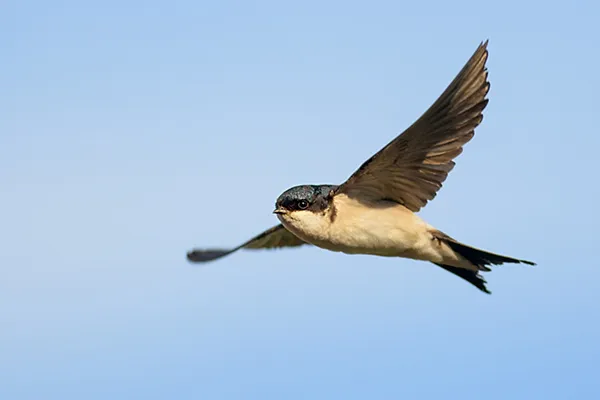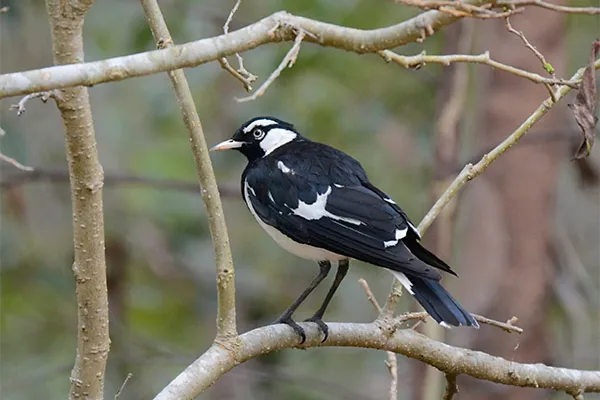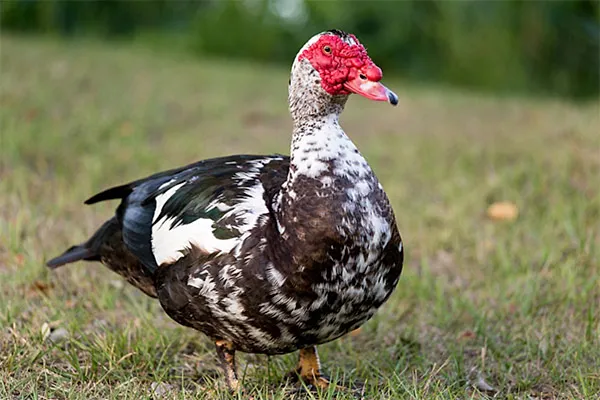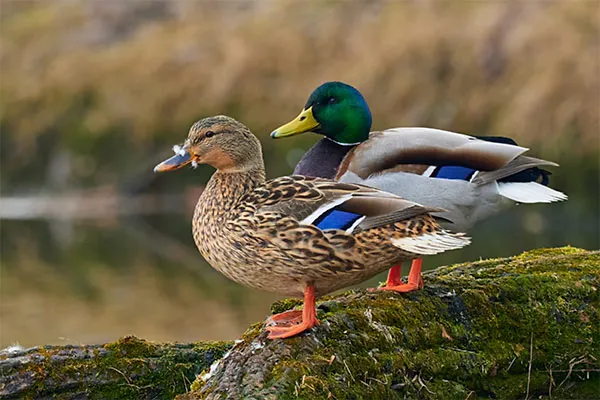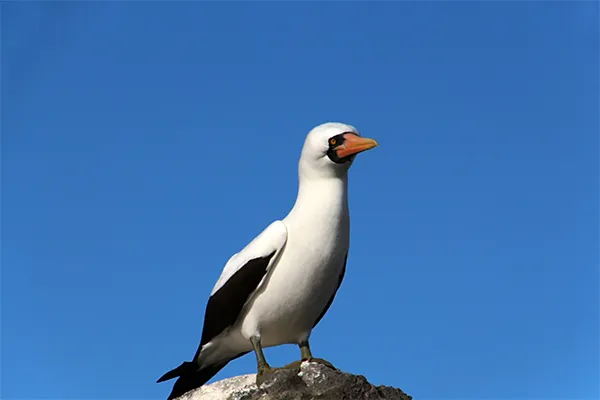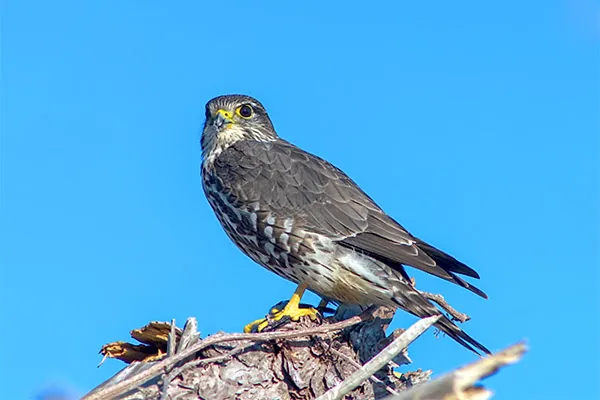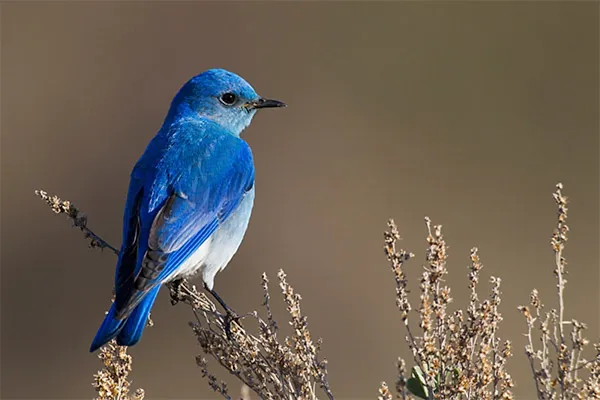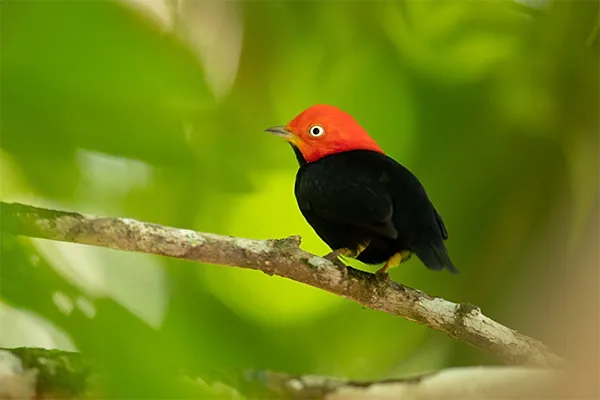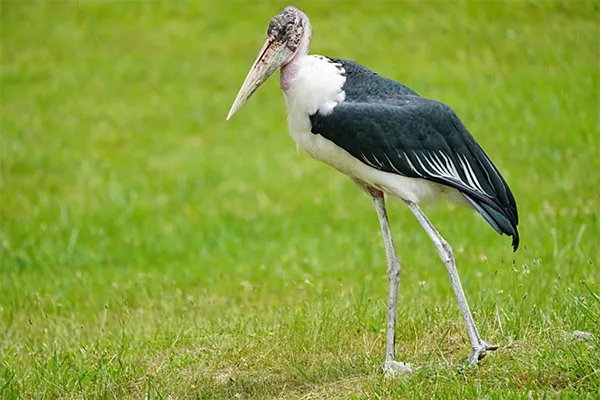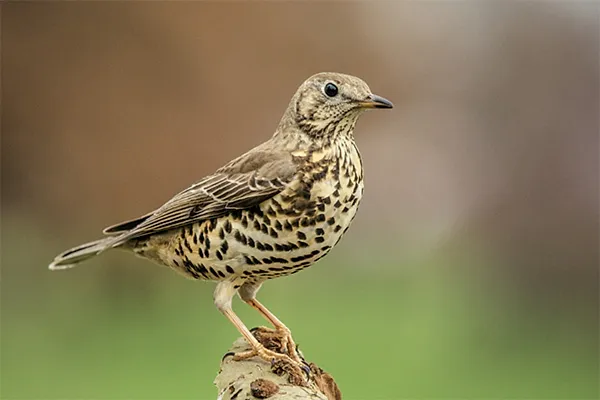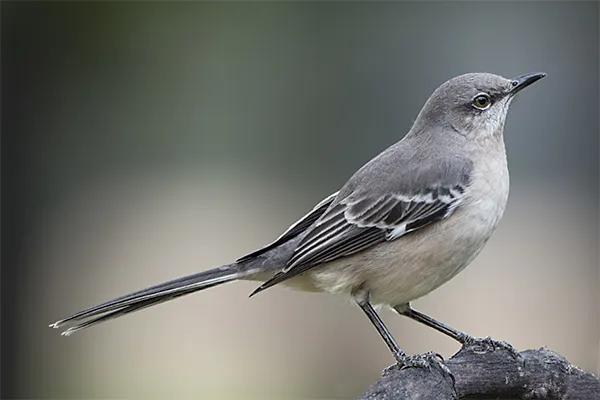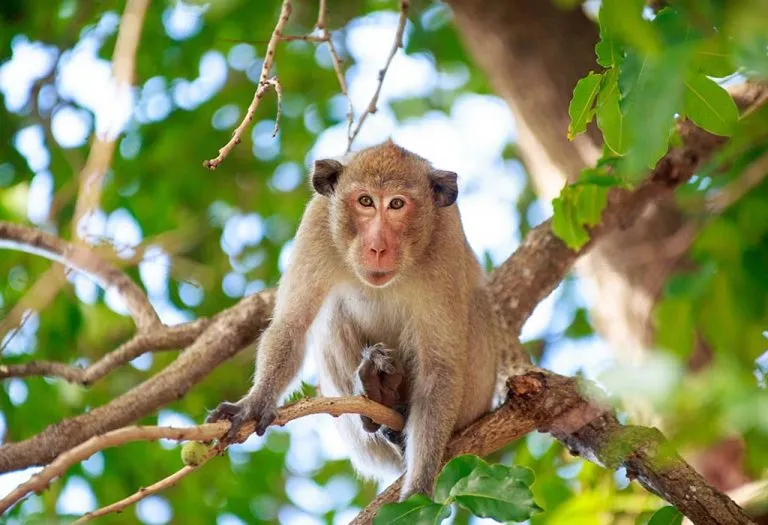List of Birds That Start With M
There’s a certain allure to the avian world, an enchantment that draws our eyes to the sky every time a bird takes flight. For many of us, our interest began in childhood, flipping through colourful picture books or being curious about the chirping sounds from our backyards. You might be a parent, teacher, or simply an enthusiastic bird lover wanting to boost kids’ vocabulary. This is the perfect place for you. This article has been specially curated to present bird names that start with letter M. These are not just any names but M-letter bird names for preschoolers and kids. As we venture on this feathery journey, let’s expand our kids’ vocabulary and our own, one bird at a time.
List of Common Birds That Start With M
Bird-watching is a captivating activity that lets us appreciate the diverse world of birds around us. Dive into this list of common birds beginning with the letter M. Whether you’re a seasoned birder or introducing young minds to the beauty of the avian kingdom, this guide has got you covered. Here’s a list of birds with the letter M.
1. Magpie
Scientific Name: Pica pica
Where is it Found: North America, Europe, and Asia
The magpie is a striking bird with contrasting black and white plumage. It has long tails and a chatty nature. The shimmering green and blue tints in its black feathers are especially noticeable under direct sunlight.
Interesting Facts
- Magpies are considered among the most intelligent birds and have demonstrated self-recognition in mirror tests.
- Despite myths suggesting otherwise, research shows magpies aren’t necessarily attracted to shiny objects.
- They can form strong social bonds, often seen moving in pairs or small groups.
2. Macaw
Scientific Name: Ara macao
Where is it Found: Central and South America
Macaws are vibrant, large parrots boasting a rainbow of colours. With their powerful beaks, they can crack hard nuts and seeds. Their loud calls, squawks, and playful nature make them unmistakable in the wild and famous in captivity.
Interesting Facts
- Macaws have a long lifespan and can live up to 60 years in the wild and even longer in captivity.
- They mate for life, showcasing strong bonds with their partners.
- Their facial feather pattern is unique, much like human fingerprints.
3. Meadowlark
Scientific Name: Sturnella magna
Where is it Found: North and South America
Meadowlarks are songbirds with a bright yellow chest and a distinctive black V-neck pattern. They prefer grasslands and open fields where their melodious songs can be heard during the spring and summer.
Interesting Facts
- There are two main species of Meadowlark: the Eastern and Western Meadowlark. They look similar, but their songs are different.
- Meadowlarks’ diet mainly consists of insects, which they capture by walking and running on the ground.
- They’re not larks; their name is misleading. They are part of the Blackbird family.
4. Merganser
Scientific Name: Mergus merganser
Where is it Found: North America, Europe, and Asia.
Mergansers are diving ducks known for their slender bodies and saw-toothed bills. They have a glossy greenish-black head, a white body, and a thin reddish-brown crest that trails from the back of the head.
Interesting Facts
- They are also called “sawbill ducks” because of the serrated edges of their bills, which help catch fish.
- Mergansers are one of the fastest-flying ducks.
- They often nest in tree holes, sometimes even using old woodpecker holes.
5. Munia
Scientific Name: Lonchura striata
Where is it Found: Across Asia and the Pacific
Munias, known as finches, are small, stout birds with conical bills. They often display brownish plumage with various patterns and can be seen in flocks, especially grasslands and wetlands.
Interesting Facts
- Munias have a unique way of feeding; they pick up a seed with their feet, hold it against the ground, and husk it with their bill.
- They’re popular cage birds bred in various colours for the pet trade.
- In some cultures, munias are symbols of happiness and love.
6. Myna
Scientific Name: Acridotheres tristis
Where is it Found: South Asia, especially in India
The myna is a medium-sized bird with brown body feathers, a bright yellow eye patch, and legs. It is known for its robust vocal abilities, which allow it to mimic sounds from its environment, including human voices.
Interesting Facts
- Mynas are considered to be one of the most adaptable and intelligent birds.
- They have a varied diet, including fruits, insects, and even human food scraps.
- Mynas are often seen walking with a distinctive hop on the ground.
7. Martin
Scientific Name: Delichon urbicum
Where is it Found: Europe, Africa, and parts of Asia
Martins are small, agile birds with glossy blue-black upper parts and pure white underparts. They are swift fliers, often seen soaring in the sky, catching insects mid-air.
Interesting Facts
- Martins are known to build mud nests, often under eaves and bridges.
- They are migratory birds, travelling long distances between breeding and wintering grounds.
- Despite their small size, martins have a loud and cheerful song, often signalling the arrival of spring.
8. Magpie-Lark
Scientific Name: Grallina cyanoleuca
Where is it Found: Australia
The magpie-lark is a unique bird with contrasting black and white plumage. It’s not related to faithful magpies but got its name due to its similar appearance. With long legs, it often feeds on the ground.
Interesting Facts
- Magpie larks are known to build mud nests, similar to martins.
- They often perform a synchronised song and dance routine with their partner, which is fascinating to watch.
- Unlike many birds, males and females share the duty of incubating the eggs.
9. Muscovy Duck
Scientific Name: Cairina moschata
Where is it Found: Central and South America, but also in parts of North America where they’ve been introduced.
Muscovy ducks have a rare appearance with their bare red face, caruncles, and dark plumage. They are large ducks and prefer freshwater habitats.
Interesting Facts
- Muscovy ducks are often domesticated and bred for meat.
- They are mostly silent but can hiss or coo when agitated or courting.
- Unlike most ducks, Muscovy ducks are known to perch in trees.
10. Mallard
Scientific Name: Anas platyrhynchos
Where is it Found: Almost everywhere in the Northern Hemisphere, from North America and Europe to Asia
The mallard is perhaps the most recognised duck worldwide. Males sport a glossy green head, white collar, and chestnut-brown chest. Females are mottled brown with an orange bill. Their quacks are iconic, often being the “default” duck sound in many people’s minds.
Interesting Facts
- Mallards are the ancestors of almost all domestic duck breeds.
- They have a varied diet, including aquatic plants, small fish, and insects.
- Mallards display “dabbling,” where they tip forward in the water to feed on underwater plants.
11. Masked Booby
Scientific Name: Sula dactylatra
Where is it Found: Tropical Pacific and Atlantic Oceans
This large seabird is characterised by its white plumage, black trailing edge to its wings, and a striking yellowish facial mask. Their name “booby” comes from the Spanish word “bobo,” meaning “stupid” or “clown,” referencing their clumsy movements on land.
Interesting Facts
- Masked boobies are incredible divers, plunging into the ocean at high speeds to catch fish.
- They often engage in aerial displays during courtship.
- While they may be clumsy on land, they are graceful fliers, often travelling long distances over the open ocean.
12. Merlin
Scientific Name: Falco columbarius
Where is it Found: Northern regions of North America, Europe, and Asia
A small but powerful bird of prey, the merlin has a blue-grey back, streaked underparts, and a broad, banded tail. Known for its agility, it often preys on smaller birds, which it catches mid-air after a fast and direct flight.
Interesting Facts
- Despite their small size, merlins are fierce and have been used in falconry to hunt even larger birds.
- They have a high-pitched, repetitive call, especially during courtship or when defending their territory.
- During migration, merlins cover vast distances and can travel from Northern Canada to South America.
13. Mountain Bluebird
Scientific Name: Sialia currucoides
Where is it Found: Open country across Western North America
This small, beautiful bird is admired for its vivid blue colouration, which is more intense in males than in females. They’re often seen perched on low branches or wires, scanning the ground for insects.
Interesting Facts
- Mountain bluebirds have been observed hovering in the air, like a kestrel looking for food.
- They often use nest boxes provided by humans, which has helped increase their numbers in some areas.
- Unlike many other bluebirds, mountain bluebirds are primarily insectivorous.
14. Manakin
Scientific Name: Pipridae family
Where is it Found: The tropical forests of Central and South America
Manakins are small, brightly coloured birds with short tails. They are renowned for their intricate courtship displays, which include fast-paced dances and unique vocalisations.
Interesting Facts
- Some species of manakins have specialised wing feathers that produce snapping or buzzing sounds during their dances.
- Male manakins are known to perform on “leks,” small areas where they gather to display and attract females.
- Their rapid dance moves are so fast that they are often best appreciated in slow-motion videos.
15. Marabou Stork
Scientific Name: Leptoptilos crumenifer
Where is it Found: Sub-Saharan Africa
The marabou stork is a wading bird with a bald head, a long bill, and long legs. It has black wings and a white underbelly. Often seen scavenging alongside vultures, this bird has a somewhat macabre appearance with its cloak-like wings and dangling pink air sac.
Interesting Facts
- Marabou storks have a wingspan of up to 10.5 feet, making it one of the most giant flying birds in terms of wingspan.
- They’re often called “undertaker birds” because of their appearance and scavenging habits.
- The pink air sac on their neck can be inflated to produce a honking sound.
16. Mistle Thrush
Scientific Name: Turdus viscivorus
Where is it Found: Across Europe and Asia
This bird is the largest species of thrush in Europe. It is characterised by its long tail, bold spots on its breast, and pale, grey-brown upperparts. Its song is loud and far-reaching and has a flutey tone.
Interesting Facts
- The mistle thrush is known to fiercely defend its food sources, especially berry trees, from other birds.
- Its name comes from its love for mistletoe berries.
- During winter, the mistle thrush’s song can be heard even during stormy weather, earning it the nickname “stormcock”.
17. Mockingbird
Scientific Name: Mimus polyglottos
Where is it Found: North America, especially in the southern United States and Mexico
The northern mockingbird is a medium-sized songbird with a long tail and greyish-brown feathers. It’s renowned for its vocal abilities and can mimic other birds, animals, and even mechanical noises.
Interesting Facts
- A single mockingbird can have up to 200 different song variations.
- They are territorial birds and can be seen dive-bombing intruders, including humans, that come too close to their nests.
- The mockingbird is the state bird of Texas, Florida, Tennessee, and Arkansas.
Other Birds Beginning With M
Beyond the detailed profiles we explored earlier, numerous other fascinating birds start with the letter M. These winged creatures, each unique in their own right, further demonstrate the vast biodiversity of the avian kingdom. Here’s a list of additional bird names that begin with the letter M:
- Madagascar Grebe
- Magnificent Frigatebird
- Malabar Hornbill
- Malachite Kingfisher
- Malay Eagle Owl
- Mallard Teal
- Mandarin duck
- Mangrove Cuckoo
- Mangrove Heron
- Mantled Hawk
- Marbled Godwit
- Marbled Murrelet
- Maroon Oriole
- Maroon-chested Ground-Dove
- Marsh Harrier
- Marsh Sandpiper
- Marsh Wren
- Masked Finfoot
- Masked Lapwing
- Masked Trogon
- Maui Alauahio
- Maui Parrotbill
- Mauritius Cuckooshrike
- Maxwell’s Black Weaver
- Mayan Antthrush
- Melodious Blackbird
- Melodious Warbler
- Metallic Starling
- Mexican Sheartail
- Micronesian Imperial Pigeon
- Midway Albatross
- Mikado Pheasant
- Milne-Edwards’s Sifaka
- Mindanao Lorikeet
- Mindoro Bleeding-heart
- Minivet
- Mistletoebird
- Mitchell’s Lorikeet
- Mohoua
- Moluccan King Parrot
- Moluccan Megapode
- Monarch Flycatcher
- Montezuma Oropendola
- Montezuma Quail
- Morepork
- Mountain Avocetbill
- Mountain Plover
- Mountain Serin
With this comprehensive list, anyone intrigued by birds that start with the letter M can explore further, expanding their knowledge and understanding of avian species’ diverse and colourful world.
FAQs
1. How can I identify birds beginning with the letter M in the wild?
While a bird’s name can give clues, the best way to identify them is by observing their physical characteristics, listening to their calls, and using field guides or apps specific to your region.
2. Are any of the “M” starting birds endangered or at risk?
Yes, several birds that start with the letter M, like many other species, face threats from habitat loss, climate change, and other factors. It’s essential to research and support conservation efforts for these birds.
3. Why focus on bird names starting with a specific letter like ‘M’?
Focusing on bird names starting with a particular letter, like M, provides a structured way to learn and categorise. It can be incredibly engaging for children and those new to bird-watching, making the learning process fun and systematic.
In delving into the world of birds that start with the letter M, we’ve uncovered a spectrum of species, each with unique charm and significance. Whether you’re an avid birdwatcher or a curious learner, understanding these avian wonders enriches our appreciation for nature’s incredible diversity.
Birds Names That Begin With (A to Z)
| A | B | C | D | E | F | G | H | I |
| J | K | L | M | N | O | P | Q | R |
| S | T | U | V | W | X | Y | Z |
Was This Article Helpful?
Parenting is a huge responsibility, for you as a caregiver, but also for us as a parenting content platform. We understand that and take our responsibility of creating credible content seriously. FirstCry Parenting articles are written and published only after extensive research using factually sound references to deliver quality content that is accurate, validated by experts, and completely reliable. To understand how we go about creating content that is credible, read our editorial policy here.





